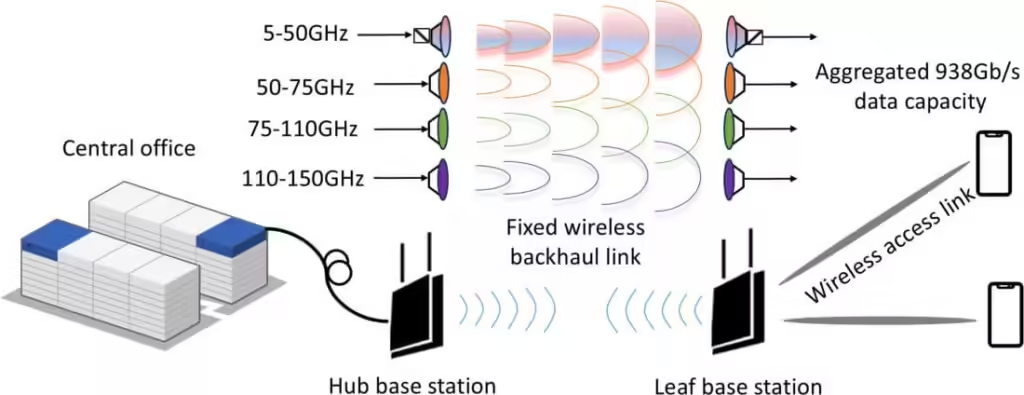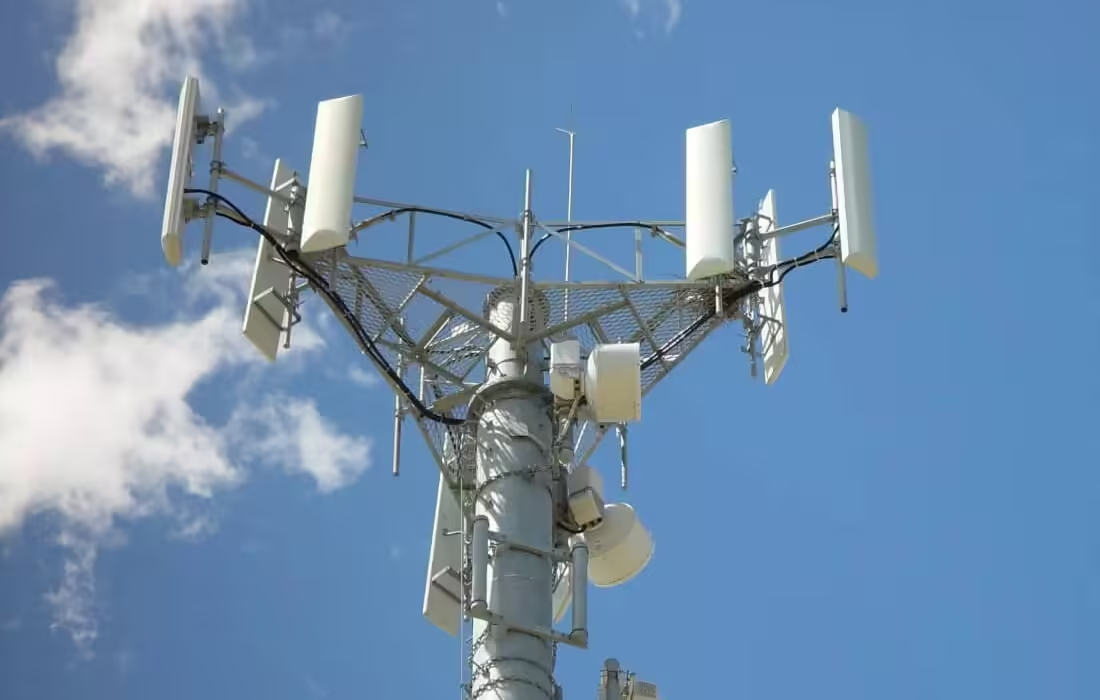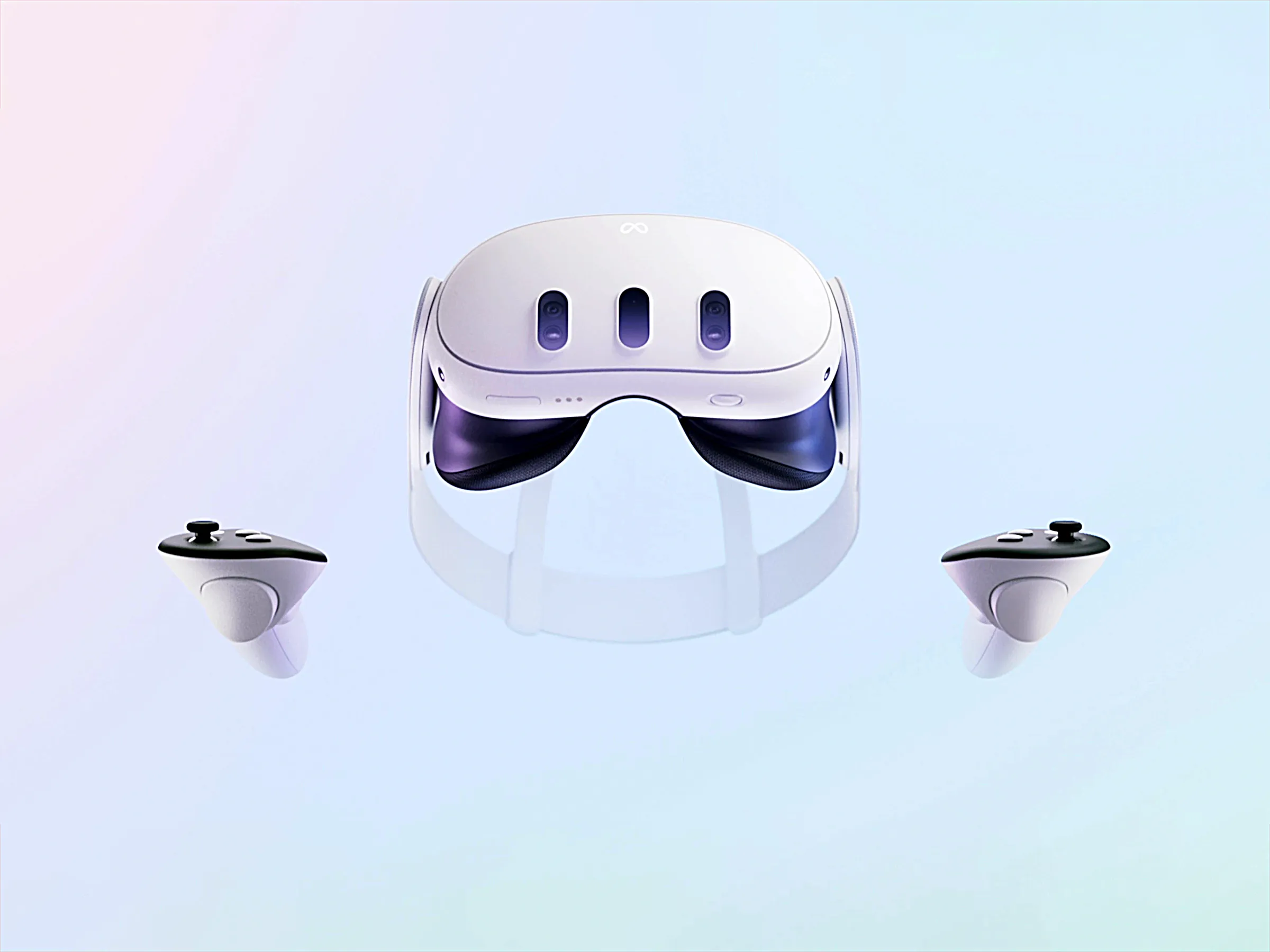Table of Contents
Revolutionizing Wireless Technology
An unprecedented data rate has emerged that could truly revolutionize wireless technology and mobile networks. By integrating various wireless techniques, researchers in the UK have achieved record-breaking data transmission speeds, reaching an impressive 1 Tbps in laboratory experiments. This technological leap has set the stage for real-world applications, as evidenced by the mind-blowing 420M Mbps internet speed record that allows users to download games like Baldur’s Gate 3 in mere milliseconds. Now, the focus shifts to demonstrating the effectiveness of this technology in commercially viable applications.
The team from University College London (UCL) has set a new world record by achieving nearly one terabit per second in data transfer speeds over a wireless connection. This remarkable feat opens the door to future enhancements in high-speed wireless data solutions. Leveraging a wide range of frequencies across the electromagnetic spectrum, the researchers have accomplished data rates that are thousands of times faster than average UK download speeds over existing 5G networks. As these advancements continue to unfold, the potential for transforming how we access and utilize digital content becomes increasingly tangible.
In their recently published study, the UCL team describes an ultra-wideband transmission method that combines electronic and photonic-assisted signal generation, successfully transmitting 938 Gbps over a frequency range of 5-150GHz. They emphasize that traditional wireless technology mainly operates below 6GHz, providing average speeds of only 100 Megabits per second on 5G networks. The congestion of radio frequencies, filled with numerous signals, has hindered wireless communication speeds. However, the UCL team overcame this bottleneck by utilizing a groundbreaking combination of radio and optical technologies, resulting in much faster and more stable data transmission capabilities.
The researchers crafted their innovative solution by merging “advanced electronics,” optimized for the 5-50GHz range, with photonics technology to generate radio waves in the 50-150GHz range. They achieved a total bandwidth exceeding five times that of previous record-breaking wireless technology advancements (145GHz). This blistering speed is a staggering 9,380 times faster than the best average 5G network speeds in the UK. With their ultra-wide transmission method, they were able to transfer a two-hour UltraHD movie (14GB) in just 0.12 seconds—an operation that would typically require 19 minutes over a standard 100 Mbps 5G connection.


“Current wireless technology systems are struggling to keep pace with the growing demand for high-speed wireless data solutions, particularly in the last few meters between users and fiber optic networks,” said Zhixin Liu, lead author of the UCL study.
Currently, the new technology has only been demonstrated in a lab setting under ideal conditions. However, the team is actively working on a prototype device to test its application in commercial environments. With optimism, they believe that a proper implementation of this next-generation wireless connectivity could be ready for commercial equipment within three to five years.
The UCL team is confident that their groundbreaking technology could significantly enhance wireless connections, effectively bridging the gap between ultra-fast fiber optic cables and “last-mile” devices such as smartphones and Wi-Fi clients. Mobile networks stand to benefit the most from these advancements, providing faster and more stable connectivity to densely populated areas, ultimately transforming the landscape of wireless technology as we know it, paving the way for a future powered by high-speed wireless data solutions and record-breaking wireless technology advancements.
The recent advancements in wireless communication represent a significant leap forward, showcasing exceptional data transfer capabilities that could redefine the standards of mobile connectivity. The pioneering efforts of the UCL team in achieving remarkable data transmission milestones not only highlight the potential of future connectivity solutions but also promise a landscape filled with rapid data access. As these technologies move closer to commercial viability, they hold the key to bridging the gap between high-speed networks and everyday devices, enhancing connectivity in urban areas and beyond. The implications are profound, suggesting a future where seamless and swift data access is the norm, fundamentally changing how we interact with the digital world.





